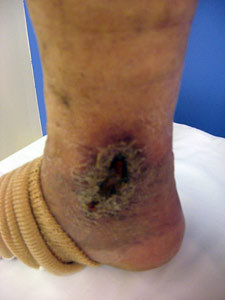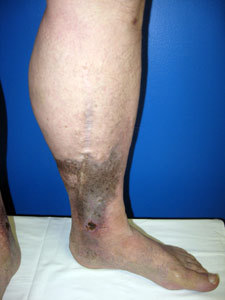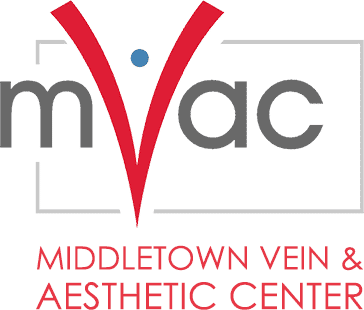Chronic Venous Insufficiency (CVI) can result in a whole host of microcirculatory problems within the skin, leading to the formation of ulcers. The availability of oxygen and nutrients is severely compromised in skin that is exposed to sustained CVI, resulting in the gradual death of skin cells and ulcer formation. Although most people associate leg ulcers with problems with their arteries, the majority of leg ulcers have in fact, a venous cause. Ulcers that are not adequately treated may no only superficially infected but can lead to exposure of the underlying tendons and bone, a set up for severe, difficult to treat wound infections. Although compression stockings remain the cornerstone of therapy in the treatment of venous ulcers, it is the removal of the underlying source (CVI) that is the key to the successful and long lasting healing of ulcers. Therefore, it is only with the elimination of CVI either through endovenous thermal ablation, ambulatory phlebectomy, or ultrasound guided sclerotherapy along with compression therapy and local wound care that a venous ulcer can heal properly.


